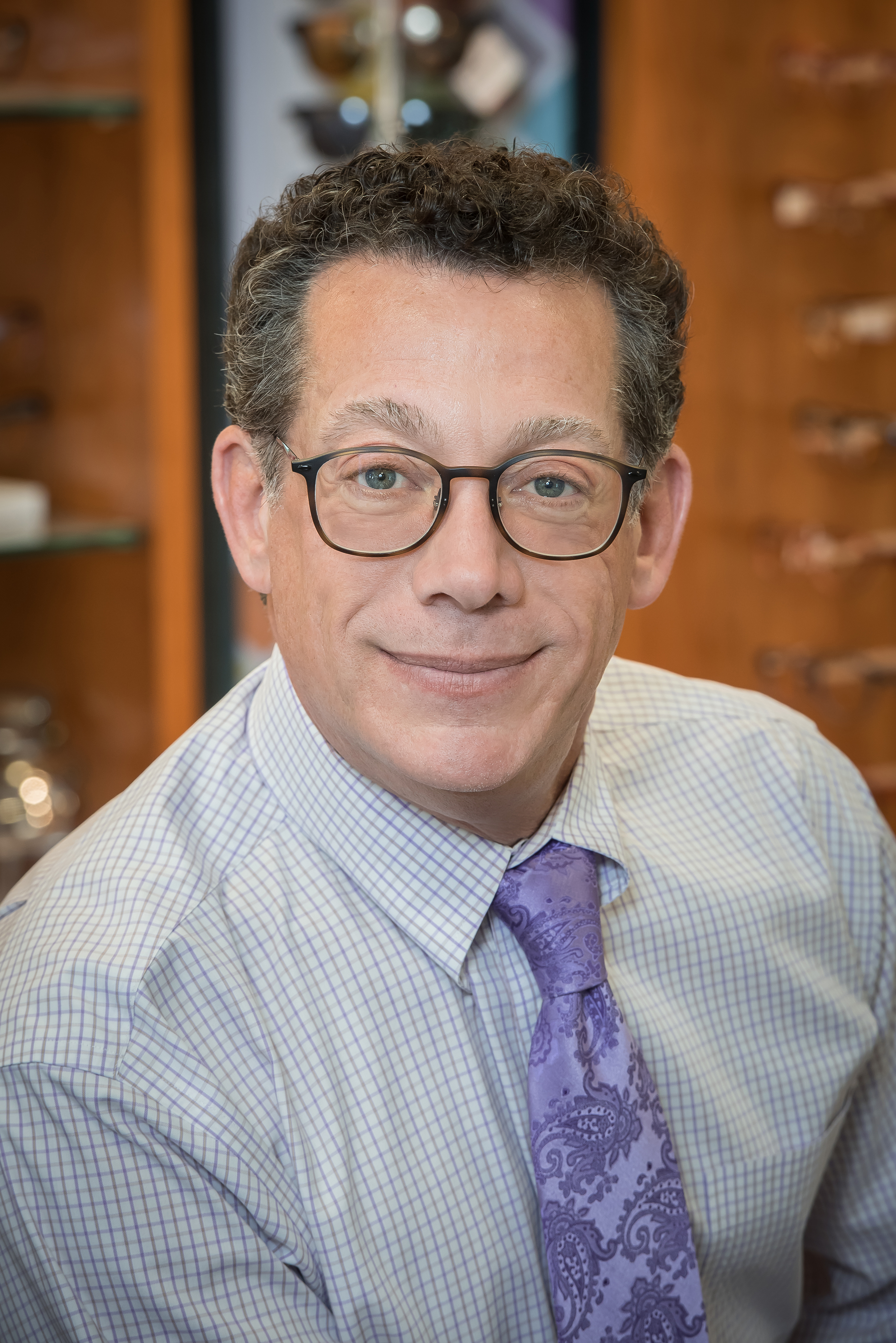
Retail Meets Medical
I’ve been the Director of Eyewear Retail at the three-location South Jersey Eye Physicians in Moorestown, NJ, for over four years.
Though I am a licensed optician, my background is retail. I attended The Wharton School where I studied entrepreneurial business and finance, and I’ve been in retail ever since. I still describe myself as a retailer, but one who happens to be selling glasses.
So, how do you move from pure retail to retail eyeglass sales in a medical setting? It’s really about approaching the operation from a different (that is, a retail) perspective. A lot of this can, and should be, applied to optometry as well.
MEDICAL MINDSET
I’m surprised how poisonous the words “profit” and “margins” can be, and how doctors undervalue and run from what can be a pretty profitable part of the business.
As with most medical practices, glasses here had been viewed as a medical device, and optical was seen as something of an obliged service to the patient. Optical performance was lackluster, and the capture rate was low.
MARGINS + MARKET
We’ve increased revenue by 23% over three years, and our net margins have increased by 50%. Not bad for a 2% economy and a period when optical sales are mostly rather flat.
Here’s some of what we have done.
• STAFFING + LONGEVITY. I now have 13 staff members–three apprentices, one optical assistant, and the remainder are licensed opticians. People come in here and expect excellent service.
Our service promise translates into licensed, experienced, and knowledgeable opticians. Their longevity with the practice ranges from six years to 20 years. That’s part of who we are.
• CUSTOMER BASE. We’re not a destination. We have 6-7% of customers who know of us and come with scripts. The other 93% are internal.
Regardless, the customer is coming to a gold-standard private practice instead of a place with a 2-for-$69 mentality. They value their eyesight in a way that’s different, and they have different expectations, too. Most people come in here expecting professional care and expertise.
They’re selective, fashion conscious and fashion-forward, and they’re upwardly mobile. They also imagine that we are expensive, so they have a certain expectation on the frame brand side.
PRODUCTS + POSITIONING
• NEW DIRECTIONS. We have added more exclusive lines to live up to that expectation. They think we’re more expensive, more professional, and that we have a good grasp of both fashion and technology. So, it’s important that we offer both the frames and the lenses to match that, which is why we have partnered with Shamir. We’re very proud of that.
• LABS + LENSES. We changed labs and now work with Shamir and the Autograph family. We fine-tuned the lens families we offer and now we just offer those we think are the best.
Because we moved everything to one lab, we were able to take advantage of discounts and offers that you can’t get when you work with multiple labs. For example, we can now offer our customers a deep discount on additional pairs.
• FRAMES + PURCHASING. I also renegotiated with frame vendors. We’re now deeper with fewer suppliers and so can take advantage of things like free freight, end-of-year rebates, below-return-rate rebates, as well as increased brand and revenue rebates. Just by paying attention to how we buy, we’ve been able to save a fair amount of money.
THE DIFFERENCES
• VALUE PROPOSITION. The Big Box likely has the value orientation, whereas most private practices have a service and expertise orientation. That’s OK. We’re expensive, but we tell people that we are value oriented for people who value the best technology, a warrantee, the best frames and lenses, and the continuity of care with medical doctors.
• THE CHALLENGE. Essentially, we’re a retailer inside a medical box. Medical is science. Marketing is not, and retailing is gut. So, they’re not the same at all. If they were, there would be a lot more successes and a lot fewer failures.

Michael Miller, Director of Eyewear Retail
Comments are closed.







